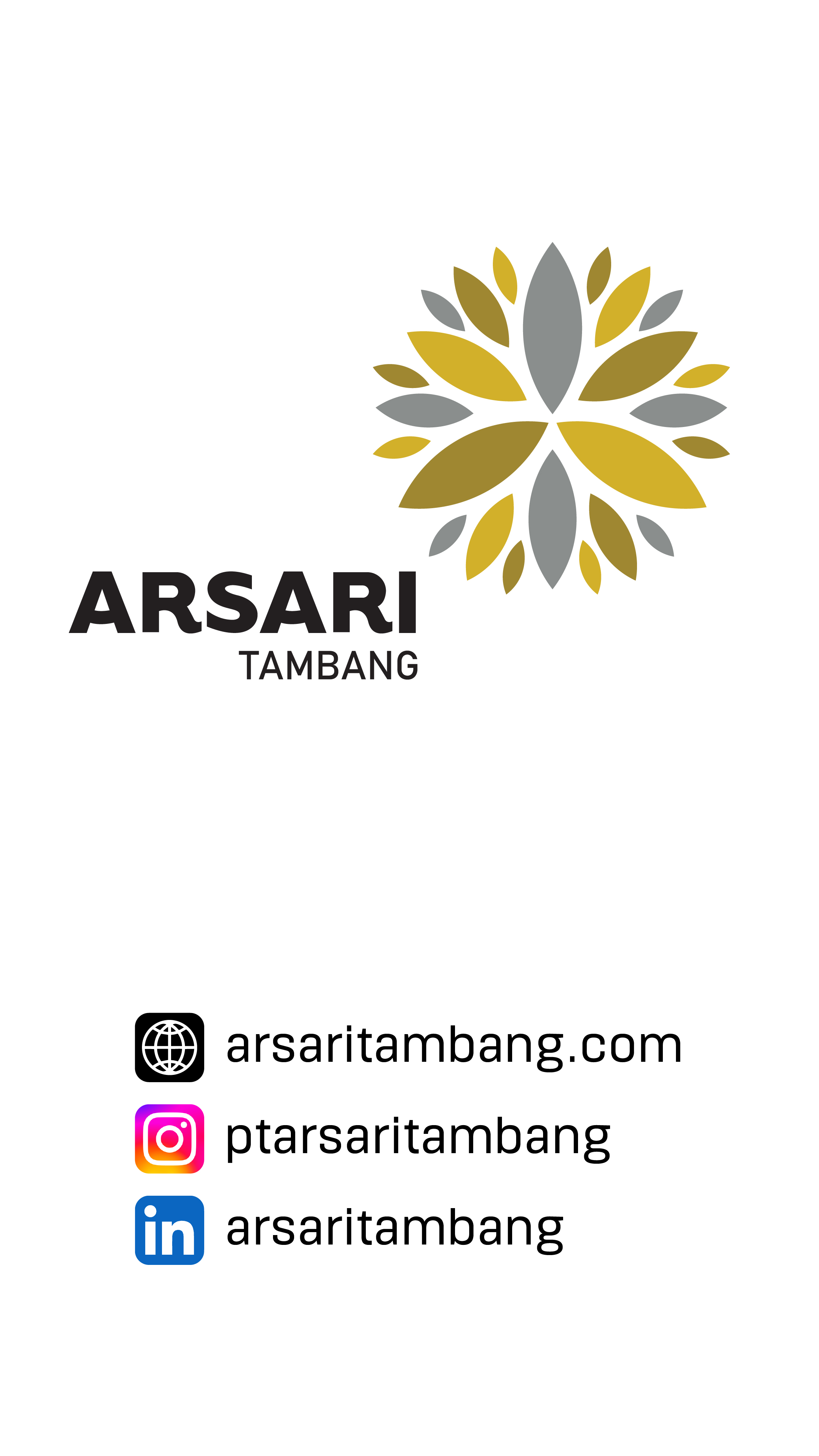


SARGA.CO – Forget the notion of horses as long-faced animals with blank expressions. A recent study has revealed that horses actually possess a complex "facial language" used to convey a range of emotions and intentions, not just to other horses, but to humans as well.


As reported by The Guardian, the research was conducted by a team from the University of Portsmouth in the UK, led by Dr. Kate Lewis. The scientists analyzed 72 hours of video footage capturing natural interactions of 36 domestic horses to understand how their facial movements vary with context.

Until now, ear movements have been the primary indicator used to gauge a horse’s mood. But this study employed the Equine Facial Action Coding System (EquiFACS) — a detailed tool that categorizes facial muscle movements, allowing for a more comprehensive and systematic analysis.
“Horses have a rich repertoire of facial expressions, and focusing on just one area like the ears means we miss out on the bigger emotional picture,” said Dr. Lewis.

Researchers found that while many expressions appear across different scenarios, certain facial patterns emerged consistently in specific contexts:
During Play
The lower lip drops, chin lifts, mouth opens wide, ears lay back, whites of the eyes show, and the head tilts upward or slightly to the right. This combination forms what’s known as the “play face” — also observed in primates and bears — signaling that the interaction is friendly, not aggressive.
When Aggressive
Ears flatten backward, inner brows lift, nostrils flare, and the head lowers — a clear sign of a horse preparing to defend itself or attack.

In Friendly Interaction
Horses often extend their noses forward — a gentle gesture indicating peaceful social contact.
When Focused or Alert
The ears point forward and move closer together, showing the horse is paying close attention to something in its environment.

The study has important takeaways for horse owners, trainers, and veterinarians. A better grasp of facial cues can help humans respond more sensitively to a horse’s emotional state — adjusting training techniques, recognizing signs of stress or discomfort, and even spotting when a horse is content.
“This opens the door to a more empathetic and science-based approach to horse care,” Lewis added.

Interestingly, the “play face” isn’t unique to horses. Since similar facial muscles are involved in both primates and horses, this suggests that facial expressions evolved early in the mammalian lineage, long before these species diverged on the evolutionary tree.
So, next time you glance at a horse’s calm gaze, look closer. Beneath that composed stare may lie a whole world of emotion — if only you know how to read it.






















































Install SARGA.CO News
sarga.co